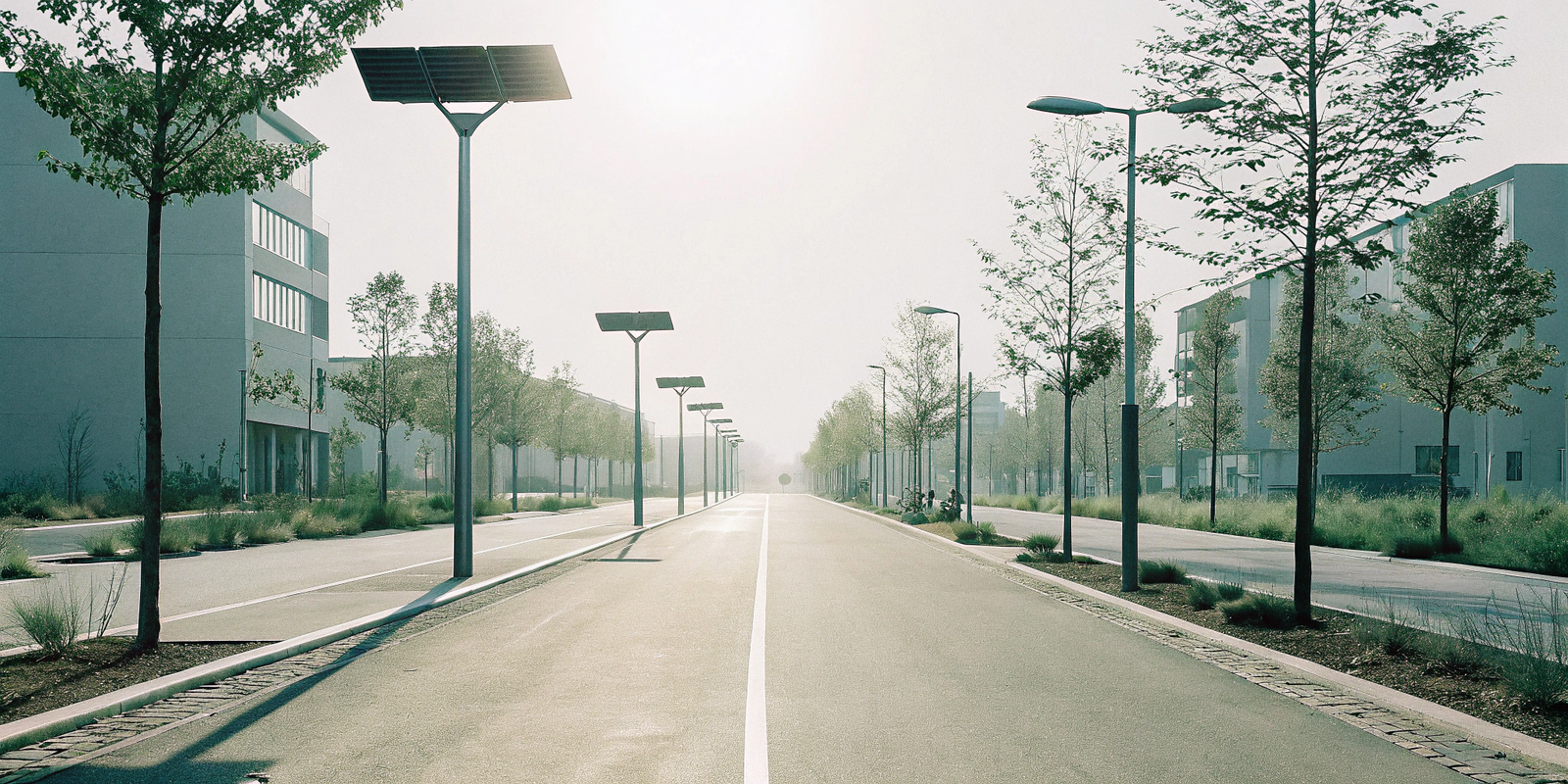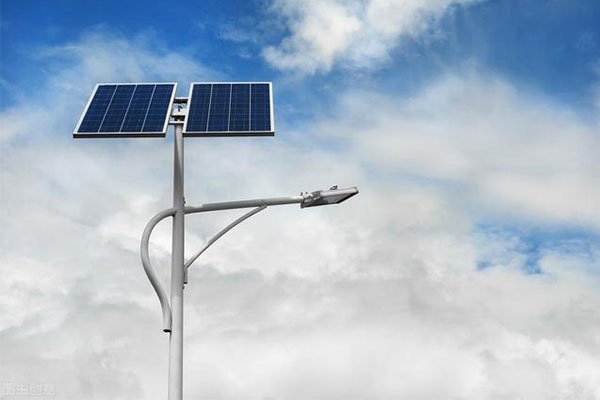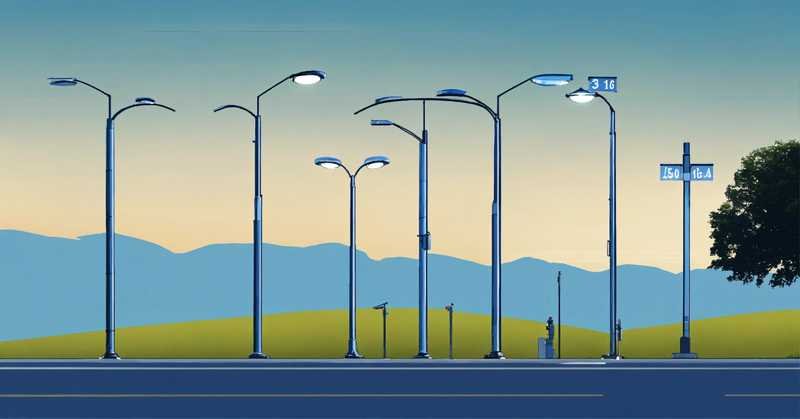Solar street lights are an essential component of sustainable urban and rural infrastructure, providing energy-efficient lighting solutions.
The lifespan of solar street lightss](https://www.engoplanet.com/single-post/the-advantages-of-smart-solar-street-lights-for-public-safety-and-security) ranges between 5 to 15 years, depending on various factors such as component quality, environmental conditions, and maintenance.
Many people wonder how long solar street lights actually last. While some components can last over two decades, others require periodic replacement. Understanding these factors helps in making informed purchasing and maintenance decisions.
Average Lifespan of Solar Street Lights
- Solar Panels: 20-25 years (gradual efficiency loss over time).
- LED Light Fixtures: 50,000-100,000 hours (~10-15 years with normal usage).
- Batteries: 3-7 years, depending on type and usage.
- Controllers & Sensors: 5-10 years with proper maintenance.
💡 On average, a well-maintained solar street light system can last 10+ years, but several factors influence durability.
6 Key Factors Affecting Solar Street Light Durability
Quality of Components
- Solar Panels: High-quality monocrystalline panels last longer than polycrystalline ones.
- LED Lights: High-efficiency LEDs reduce heat stress, extending lifespan.
- Battery Type:
- Lithium-ion & LiFePO4: Last 5-7 years.
- Lead-acid batteries: Shorter lifespan (~3-5 years).
Battery Performance & Charging Cycles
- Battery life depends on depth of discharge (DoD) and charge cycles.
- Proper charge management (avoiding overcharging or deep discharging) extends battery lifespan.
- Temperature sensitivity: Extreme cold or heat shortens battery life.
Weather & Environmental Conditions
- Harsh climates (extreme heat, cold, or humidity) accelerate wear and tear.
- Coastal areas → Salt corrosion affects metal components.
- Storm-prone regions → Wind-resistant designs prevent damage.
Maintenance & Cleaning
- Regular cleaning of solar panels prevents dust accumulation and efficiency loss.
- Battery maintenance (checking connections and charge levels) prevents failures.
- Replacing damaged components before total failure extends system longevity.
Installation Quality
- Poor installation can cause wiring issues and reduced efficiency.
- Correct pole height and angle adjustment optimize solar panel exposure.
- Proper grounding & waterproofing prevent electrical failures.
Usage & Lighting Patterns
- Motion sensor-based systems reduce wear on LEDs and batteries.
- Continuous full-power lighting drains batteries faster, reducing lifespan.
- Optimized lighting schedules (dimming at off-peak hours) extend longevity.
How to Extend the Lifespan of Solar Street Lights

✅ Choose high-quality materials (LiFePO4 batteries, monocrystalline panels).
✅ Perform regular maintenance (clean panels, check batteries, inspect wiring).
✅ Install in optimal locations (avoiding heavy shading, extreme conditions).
✅ Use smart control systems (motion sensors, adaptive dimming).
✅ Replace batteries every 5-7 years to maintain performance.
Conclusion
A well-maintained solar street light can last 10+ years with proper care. Batteries are the most common replacement part (~every 5 years). Choosing quality components and proactive maintenance ensures long-term performance, making solar lighting a reliable and cost-effective solution.







